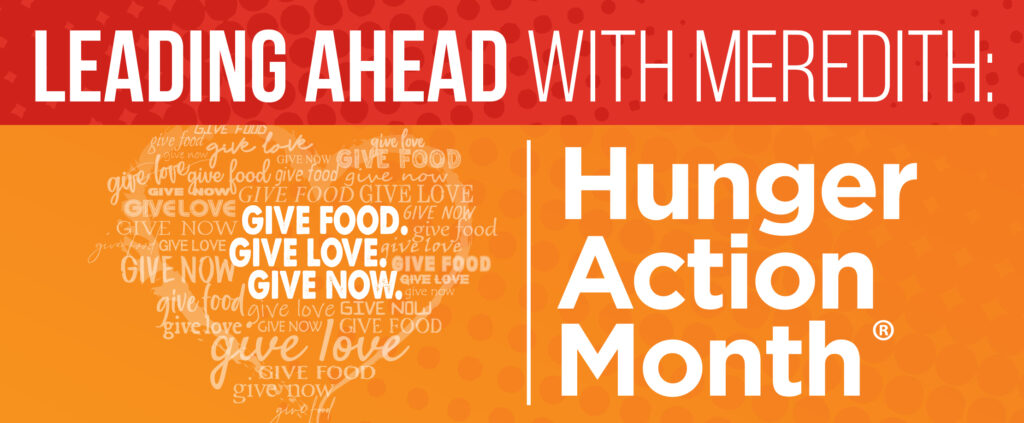As families try to remain stable, the Foodbank’s mobile distributions provide food and supplies in their
community. Volunteers place items directly in their trunks in a no-contact model to keep everyone safe.
Families like Jenny’s try to stay positive while waiting for normalcy to return to their lives. She tries to make sense of it to her two children, ages 11 and 13. “We try to explain it on a level that they can understand: that they are safe and that we’re going to be okay and things will come back to some kind of normal, be it a new way of doing things,” Jenny described. Jenny and her husband are receiving food assistance for the first time, and they are glad to know they can count on this resource. “To now be on the receiving end, there are no words for that feeling,” she continued, tearfully. “It was eye-opening, it really was. I am beyond thankful.” 
For our most vulnerable citizens, Covid-19 has provided more challenges than ever before. Simple tasks, like going to the grocery store, became too risky for people already afraid for their health or stability. People like Jane, a 64-year old grandmother and breast cancer fighter, who recently finished a round of chemotherapy. “I’m afraid to death to go into a store. We’ve not been anywhere since this (Covid-19) started,” she said. Jane, the sole caretaker for her three granddaughters, was unprepared to provide for her dependents when school was closed indefinitely. “I was not stocked up for them to be home every single day.” “To now be on the receiving end, there are no words for that feeling.” Mobile food and  supply distributions allow the Foodbank to quickly distribute lots of food to as many people as possible. This model allows us to give out more fresh produce, dairy, and meat to neighbors in need. Since March 20, the St. Louis Area Foodbank has coordinated more than 540 mobile food distributions in the 26
supply distributions allow the Foodbank to quickly distribute lots of food to as many people as possible. This model allows us to give out more fresh produce, dairy, and meat to neighbors in need. Since March 20, the St. Louis Area Foodbank has coordinated more than 540 mobile food distributions in the 26
counties we serve in Missouri and Illinois. Even people who had a solid foundation for their household
experienced unexpected layoffs. Paul and his girlfriend both had stable jobs in construction and cosmetology, but all at once Paul was laid off and his girlfriend furloughed due to the pandemic. The couple’s savings quickly started being used to pay bills. Even after applying for unemployment benefits to stay afloat, there was a gap in income to account for. For folks who are fortunate to have kept their jobs, the struggle is still evident. “We see a lot more working families who are coming through, who need food, which is telling us that what they’re making isn’t enough to get their basic needs met,” said Brenda Booth, Executive Director at Isaiah 58 Ministries in St. Louis, Missouri.

